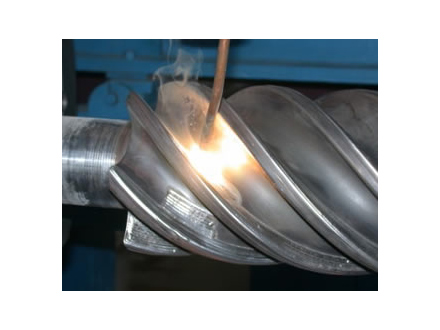

current position:Information and data>What is the role of laser burst on threaded parts?
Laser quenching scans the surface of the workpiece with a laser beam to quickly heat the surface of the workpiece to above the phase transition temperature and below the melting temperature, and then stop or remove the laser beam. The heat is rapidly transferred from the surface of the workpiece to the inside of the substrate, and the surface is rapidly cooled to make the heated layer It is rapidly cooled to below the martensite transformation point, and then the surface transformation hardening of the workpiece is realized.
Threaded buttons are widely used parts in the machinery industry. In order to improve the load-bearing capacity of the thread, solve the problem of bonding between the male and female buttons under heavy load, and improve the fatigue strength of the thread surface of the thread, surface hardening treatment is required. However, traditional hardening treatment processes, such as surface chemical treatments such as carburizing and nitriding, and induction surface quenching, flame surface quenching, have two main problems:
1. After heat treatment, the deformation is large and it is difficult to obtain a uniformly distributed hardened layer, which affects the service life of the thread;
2. For long rod threads, partial processing cannot be performed, and the processing cost is relatively high. Therefore, a new process is urgently needed to effectively improve the service life of the thread and the cost-effectiveness of the treatment.
The above is the use of laser quenching on the thread. I don’t know if you have any different opinions or opinions, you are welcome to contact and communicate. Our company also hopes that everyone can master laser hardening and apply it to threaded buttons.
Hot information

